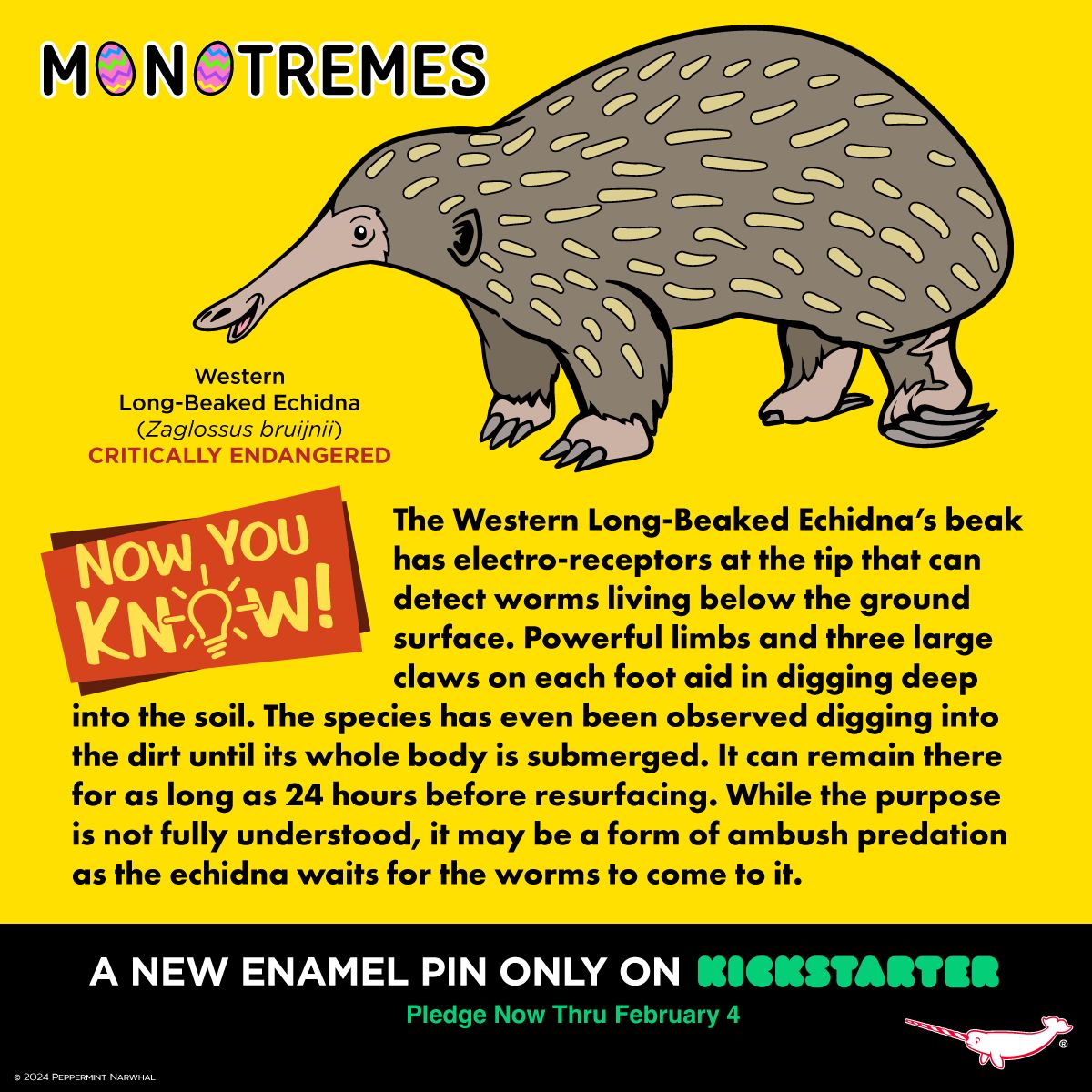– Characteristics and behaviors of the Western Long-Beaked Echidna
– Reproduction and lifecycle of monotremes
– Conservation status and threats facing monotremes
– Scientific significance and study of monotremes
– Efforts in conservation and public engagement
Monotremes, comprising the platypus and echidnas, hold a distinctive place in the mammalian family tree. They lay eggs rather than give birth to live young. The Western Long-Beaked Echidna (Zaglossus bruijnii) is particularly fascinating due to its specialized adaptations and behaviors. This article explores the intriguing world of monotremes, focusing on their unique biological features, the current understanding of their lifecycle and reproductive strategies, the conservation challenges they face, their importance in the scientific community, and the ongoing efforts to conserve these remarkable species.
The Western Long-Beaked Echidna showcases remarkable characteristics and behaviors that set it apart within the animal kingdom. Equipped with electro-receptors on the tip of their snout, these creatures can detect the electrical signals of worms and other prey buried beneath the ground. Their robust limbs, furnished with three large claws, are adapted for powerful digging, allowing them to delve into the soil in search of food and even bury themselves for extended periods, possibly as an ambush strategy for capturing prey. This behavior underscores the echidna’s specialized ecological role and highlights the adaptive responses that have enabled their survival across various habitats.
Monotremes’ reproductive processes are another aspect that captivates scientists and the public. Unlike the more familiar live births observed in marsupials and placental mammals, monotremes lay eggs that they incubate outside their body. The Western Long-Beaked Echidna, for instance, lays a single leathery egg that the female then transfers to her pouch. After about ten days, the egg hatches, and the puggle (baby echidna) feeds on milk secreted by its mother from specialized glands within the pouch. This unique blend of reptile-like and mammalian characteristics provides invaluable insights into the evolution of reproductive strategies among mammals.
Conserving monotremes poses significant challenges, as these species face mounting threats from habitat destruction, climate change, and human encroachment. The Western Long-Beaked Echidna is critically endangered, with decreasing population trends signaling the urgent need for effective conservation measures. Protecting their habitats, conducting research to better understand their ecological needs, and mitigating threats from human activities are critical to ensure their survival.
Scientific research on monotremes is vital for unraveling the evolutionary history of mammals and understanding the diversity of reproductive strategies in the animal kingdom. Studies focusing on their anatomy, genetics, and ecological roles help to position monotremes as a bridge between reptilian ancestors and more derived mammalian groups. This research illuminates the evolutionary pathways that have shaped the diversity of life and informs conservation strategies by providing a deeper understanding of monotreme biology and ecology.
Efforts in conservation and public engagement are essential for the preservation of monotremes. Initiatives like creating protected areas, restoring degraded habitats, and implementing captive breeding programs can play pivotal roles in safeguarding these species. Moreover, raising public awareness and fostering a connection between communities and their local wildlife are key to generating support for conservation projects. Campaigns such as the MONOTREMES Kickstarter project creatively engage the public, highlighting the importance of these species and generating funds and interest in their conservation.
Monotremes, with their distinct evolutionary traits and ecological roles, are a testament to the diversity and adaptability of life. The Western Long-Beaked Echidna exemplifies the unique adaptations that have enabled monotremes to thrive in various environments. While facing significant conservation challenges, the ongoing scientific study and collective conservation efforts offer hope for their future. Engaging the public in these endeavors is vital for building support for conservation initiatives, ensuring that monotremes continue to intrigue and inspire future generations.
*****
Source Description
MONOTREMES!
Now You Know! – The Western Long-Beaked Echidna’s (Zaglossus bruijnii) beak has electro-receptors at the tip to detect worms living below the ground surface: powerful limbs and three large claws on each foot aid in digging deep into the soil. The species has even been digging into the dirt until its whole body is submerged. It can remain there for as long as 24 hours before resurfacing. While the purpose is not fully understood, it may be a form of ambush predation as the echidna waits for the worms to come to it.
The Western Long-Beaked Echidna stretch goal has been unlocked
and the NEW enamel pin is available on our…
KICKSTARTER MAKES 100 – MONOTREMES
A new collectible enamel pin series features the world’s only egg-laying mammals, the monotremes, including the platypus and echidnas.
Pledge Now! – https://rb.gy/0lw7he
Search “Monotremes” or “Peppermint Narwhal” on Kickstarter.
The campaign runs now through Feb. 4, 2024.
Shop the Store: www.peppermintnarwhal.com.
And be sure to pick up your 2024 Calendar before it officially sells out!
Quantities are running low!


